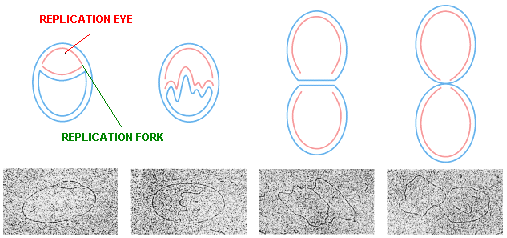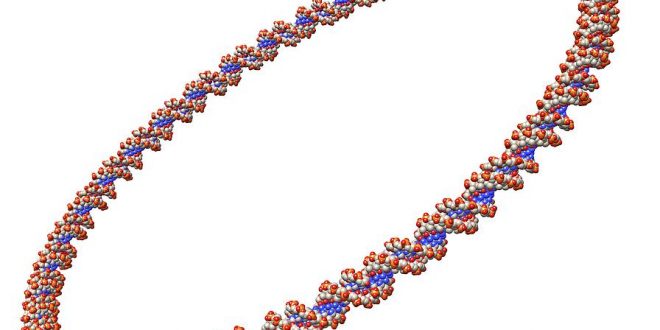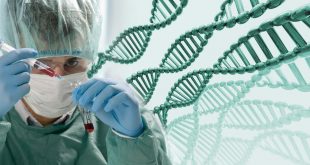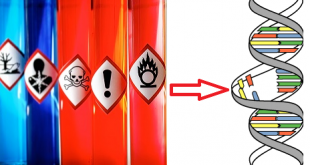Following Meselson and Stahl’s work, investigators confirmed that other organisms also use semiconservative replication. There are, however, several different ways that semiconservative replication can take place, differing principally in the nature of the template DNA—whether it is linear or circular—and in the number of replication forks.
Replicon and Origin of Replication (ORI)
Individual units of replication are called replicons, each of which contains a replication origin. Replication starts at the origin and continues until the entire replicon has been replicated. Bacterial chromosomes have a single replication origin, whereas eukaryotic chromosomes contain many.
Theta Model of Replication
A common type of replication that takes place in circular DNA, such as that found in E. coli and other bacteria, is called theta replication because it generates a structure that resembles the Greek letter theta (θ).
In theta replication, double-stranded DNA begins to unwind at the replication origin, producing single-stranded nucleotide strands that then serve as templates on which new DNA can be synthesized. The unwinding of the double helix generates a loop, termed a replication bubble. Unwinding may be at one or both ends of the bubble, making it progressively larger. DNA replication on both of the template strands is simultaneous with unwinding.

The point of unwinding, where the two single nucleotide strands separate from the double-stranded DNA helix, is called a replication fork.
If there are two replication forks, one at each end of the replication bubble, the forks proceed outward in both directions in a process called bidirectional replication, simultaneously unwinding and replicating the DNA until they eventually meet. If a single replication fork is present, it proceeds around the entire circle to produce two complete circular DNA molecules, each consisting of one old and one new nucleotide strand.
Cairn’s experiment
(Courtesy of this part: Tithi Chowdhury)
John Cairns`famous experiment showed that the replication of DNA is a highly coordinated process. In his experiment, Cairns made the DNA of E.Coli radioactive by growing them in a medium containing Thymidine labeled with tritium 3H.
Then the isolated DNA was spread and overlaid with a photographic emulsion for several weeks. The Thymidine residues generated tracks of the silver grains in the emulsion producing image of the DNA molecules.

From John Cairns’s Experiment on E. coli, it was found that-
- In this replication process the integrity of the circular DNA is maintained. The circle does not appear to be broken during this process.
- An intermediate Theta structure is formed due to the replication eye.
- The replication is semi-conservative type as the replication seems to be occurring at one or two moving Y-junction in the circle replication forks.
Source:
- Genetics A Conceptual Approach by Benjamin A Pierce (The Book is available in our Book section)
 Plantlet The Blogging Platform of Department of Botany, University of Dhaka
Plantlet The Blogging Platform of Department of Botany, University of Dhaka





This article is ranked on the first place of google for keyword ‘theta model of replication’. Congrats vaiya!
Something new to read. Feels great💙. Thanks Vai for sharing with us.